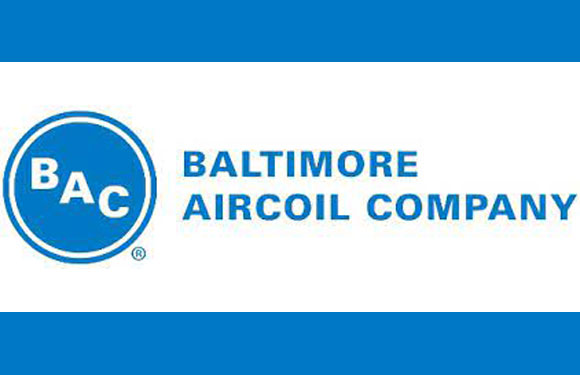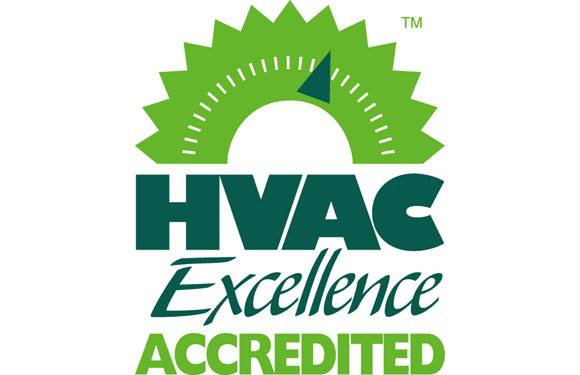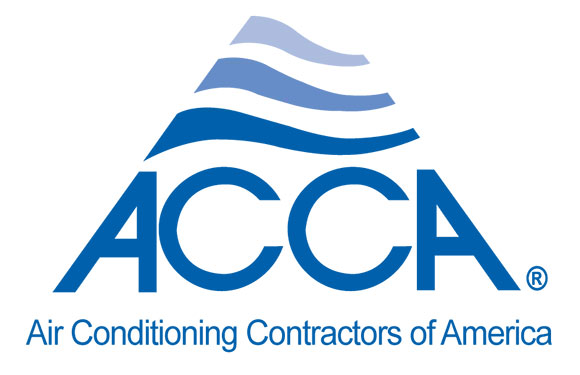
News
Carbon Monoxide: Consider the Door Switch
By David Richardson
If you’re an HVAC technician who works on gas furnaces, you’ve encountered a bad door switch. Most of us would admit that we had to bypass a few to get the heat back on. But is this a wise choice and what could happen if you leave the furnace in this condition?

Door Switch Function
First, let’s talk about the door switch and its purpose. If you pay attention to the labels on a gas furnace’s blower panel, you’ll notice one that says, “Danger!” with skull and crossbones. The warning label alerts you to potential carbon monoxide (CO) poisoning hazards.
In the last sentence on this label, there’s an important statement. It says, “Carbon monoxide emissions can be (re)circulated throughout the structure if the furnace or air handler is operating in any mode.” Great! So, what does that have to do with a door switch?
The door switch prevents the gas furnace blower from circulating CO in case the blower panel is off. Sometimes we forget to put the panel back on, or it could fall off during operation. If you bypass the door switch, blower operation will continue. In that situation, this could trigger a deadly chain of events.
Furnace in a Confined Space
It doesn’t take much airflow to change the pressure in a confined space (utility room, closet, mechanical room). Depressurization is the main issue you need to be aware of with a bypassed door switch. When the blower panel is off, and the blower is running, the furnace pulls return air from the confined space. Remember, air takes the path of least resistance.
For example, let’s say you have an 80% gas furnace that is common vented with a natural draft water heater. Both are in a mechanical room. A previous technician bypassed the door switch and the blower door falls off. If the blower circulates 900 cfm (cubic feet per minute) of airflow, it will pull most of the air from the mechanical room.
What do you think will happen to the water heater flue gases (located in the same room) when the blower turns on? If you said backdraft, you’re right. Because of the negative pressure in the room, the flue gases reverse direction and spill from the drafthood, until the blower turns off. What’s scary, is this can happen in heating or cooling mode.
Furnace in an Unconditioned Space
What if the furnace is in a crawlspace or attic? These areas could have additional fuel-fired equipment in them and could have the same problems. It’s easy to assume these areas are “outdoors”. However, testing reveals they’re usually more connected to the inside of a building than we imagine.
Unfiltered air that enters the duct system is another issue to consider. There’s some nasty air that no one should breathe found in attics and crawlspaces that no one should breathe. If the blower door falls off and the door switch fails, 100% of the system’s return air pulls from the attic or crawlspace.
Up to this point, I haven’t mentioned garage installations. These are especially concerning because of auto exhaust and gasoline fumes. Auto exhaust has excessive CO levels and gasoline fumes are flammable, if the concentrations are high enough. Please pay special attention to garage locations.
Filter Changes
Unfortunately, some air filters are inside the gas furnace. I know it’s a poor location and it shouldn’t happen, but it does. If you bypass the door switch, all electrical components stay energized with the blower door off.
For safety’s sake, the door switch turns off the power if your customer decides to get into the equipment. The unsuspecting homeowner could get injured when they change their air filter. Electrocution or the blower turning on are real risks with a bypassed door switch.
Weigh the Consequences
Best practices call for replacing a faulty door switch. This is the right way to do it. Unfortunately, that rarely happens. There are a lot of switch types and it usually means a second trip to the job site. I hate to say it, but most guys won’t do it.
If you bypass a switch and have no intention of replacing it, you are responsible to make sure the blower door won’t accidentally come off. Install mechanical fasteners (screws) that you must remove to get the blower door off. And remember – even this isn’t truly safe. Any homeowner with the right tools can still remove the blower door.
In the end, weigh the consequences of your actions. If you bypass the door switch, can you assure your customer’s safety? Did you unintentionally compromise their wellbeing because of actions you took to get the heat back on? Your answer should guide your next steps. That second trip doesn’t sound so bad now, does it?
About the Author
David Richardson serves the HVAC industry as a curriculum developer and trainer at the National Comfort Institute, Inc. (NCI). NCI specializes in training focused on improving, measuring, and verifying HVAC and Building Performance.
If you’re an HVAC contractor or technician interested in learning more about adding carbon monoxide testing to your services, contact David at davidr@ncihvac.com or call him at 800-633-7058. NCI’s website www.nationalcomfortinstitute.com is full of free technical articles and downloads to help you improve your professionalism and strengthen your company.
















